It’s no secret that the Grand Canyon offers some of the best photography in the world. Grand Canyon is also one of the most photographed natural wonders in the world. You’ll face immense competition if you’re trying to get your Grand Canyon photography noticed.
The secret to standing out is to take photos from unique perspectives that other photographers don’t consider. Anyone can arrive at Grand Canyon Village, walk the short distance to the rim, and take pictures there. Instead, get off the beaten path at bit and away from crowds. People will notice your photos because they are unique and stand out from the millions of similar photos that other people have taken.
That’s exactly what we’re going to look at today. Here are seven of my favorite photography spots throughout Grand Canyon National Park. They’re not all easy to get to, but you’ll reap the payoff from the extra effort you put into the journey. These spots are for the most part COVID-friendly, too.
Please Stay Off the Navajo Nation During the COVID-19 Pandemic
The Navajo Nation has been hit extremely hard by the COVID-19 pandemic. At the time this was published, the Navajo Nation is currently in a strict lockdown to slow the spread. For their safety as well as your own, please stay off of the Navajo Nation, which includes US-89 north of Flagstaff, at this time. The east entrance to Grand Canyon National Park near Cameron is closed indefinitely to help protect the Navajo people.
1. Desert View Watchtower
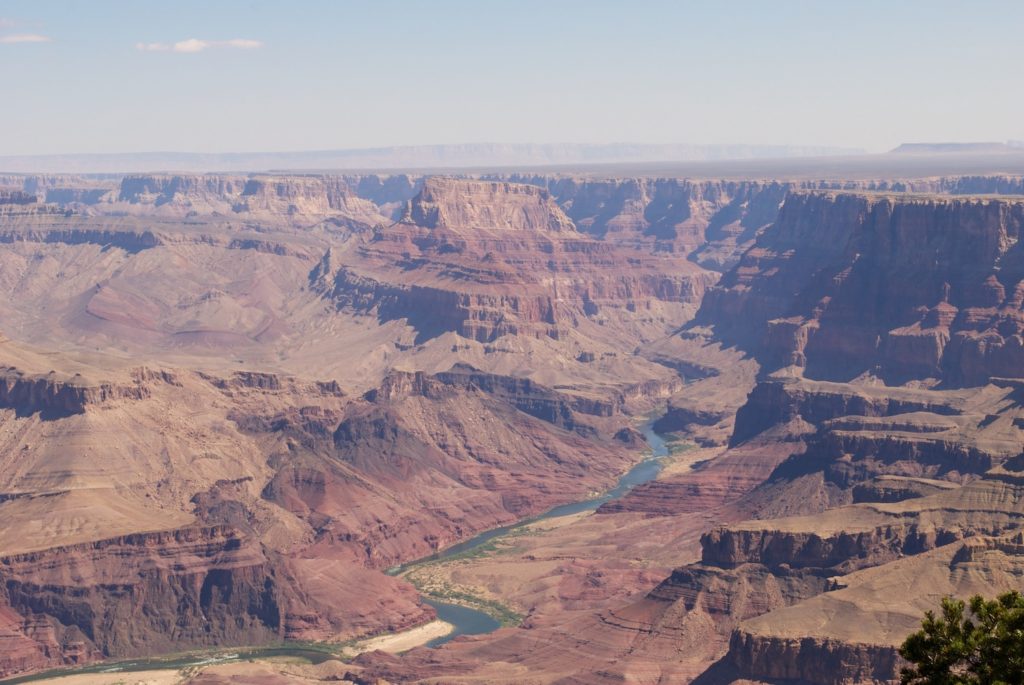
Located on State Route 64 just inside the east entrance, the Desert View Watchtower offers breathtaking views of both the canyon and the Colorado River. It’s much less crowded than the primary entrance at the west end of the park. In my opinion, it offers much better views, too.
While the COVID-19 pandemic has closed the Desert View Watchtower, stores, and facilities, the open-air viewpoints remain open. Look to the east for an incredible view of Marble Canyon and the Navajo Nation. You’ll also get one of the best views of the Colorado River available on the South Rim. In the summer, you’ll often see rafting trips on the river.
If that’s not enough, look back to the west. You’ll see a much more classic Grand Canyon landscape, but with another great view of the Colorado River.
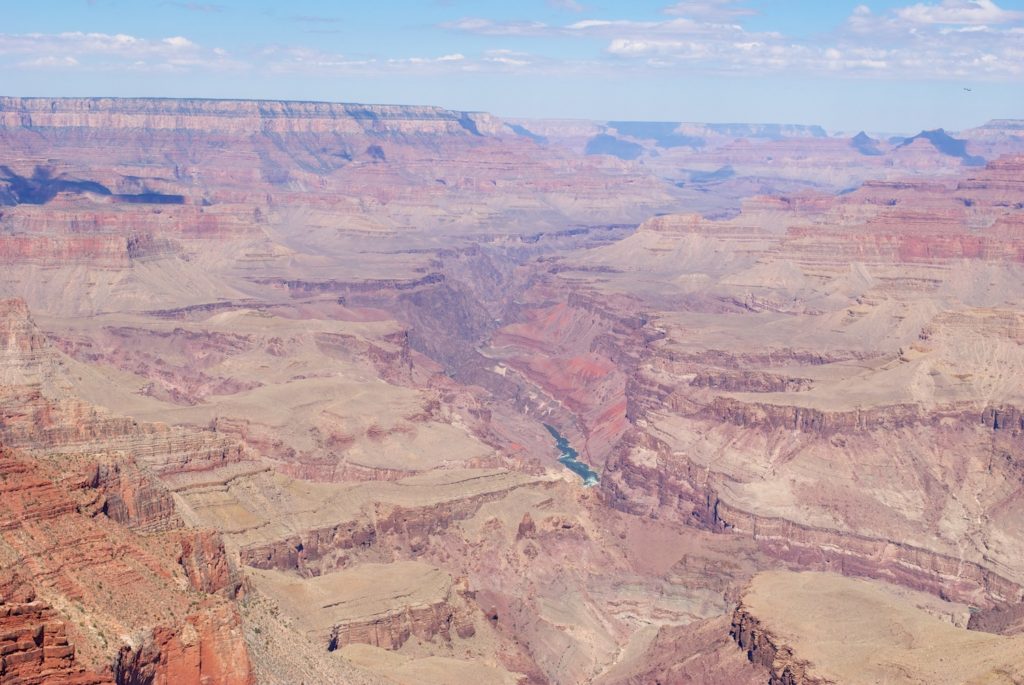
Note: The east entrance to the park is closed due to COVID-19 lockdowns on the Navajo Nation. To reach the Desert View Watchtower, you must make the 80 km/50 mi round trip from Grand Canyon Village.
2. Lee’s Ferry
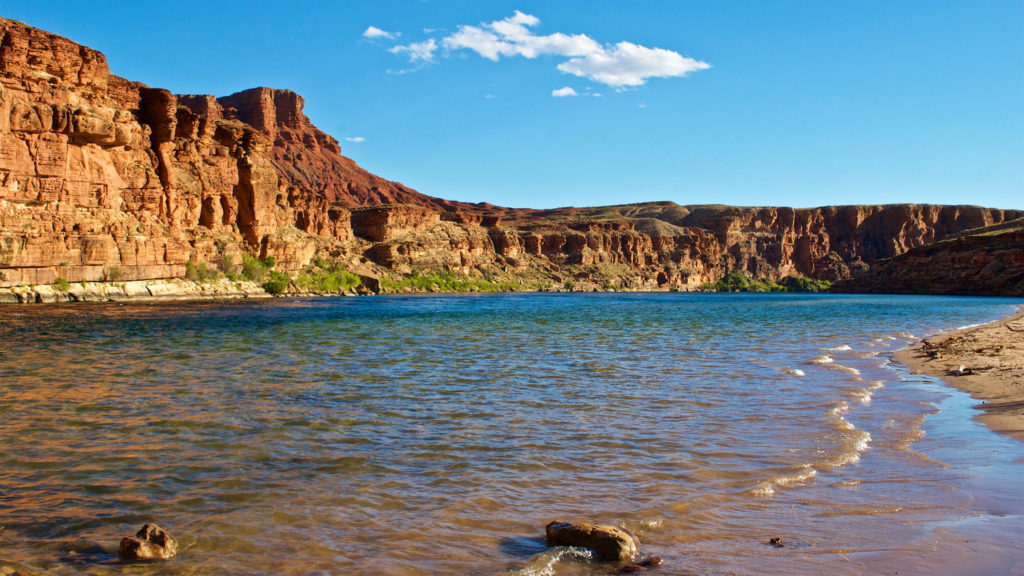
Lee’s Ferry sits in the shadows of the world-famous Navajo Bridge. It is one of the most underrated photography spots at the Grand Canyon. Despite being the launch site for all Colorado River rafting trips, the summer crowds that typically gather at the Navajo Bridge tend to pass by Lee’s Ferry. It’s plenty spacious enough for you to find a secluded, tucked away stretch of beach where you can be one with the river.
3. Little Colorado River Confluence
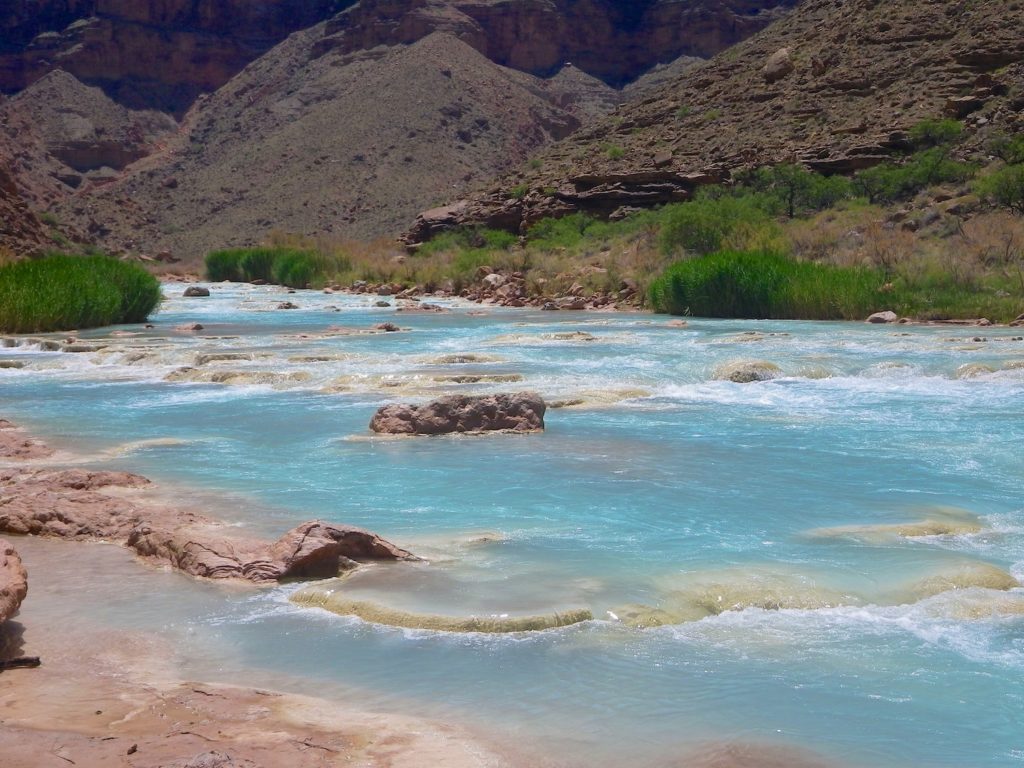
As breathtaking as Havasupai Falls are, so many people have photographed them over the past few years. The waters of the Little Colorado River near the confluence are just as brilliant a turquoise as Havasupai. However, they’re much harder to reach As a result, you’ll get much better mileage out of your photos.
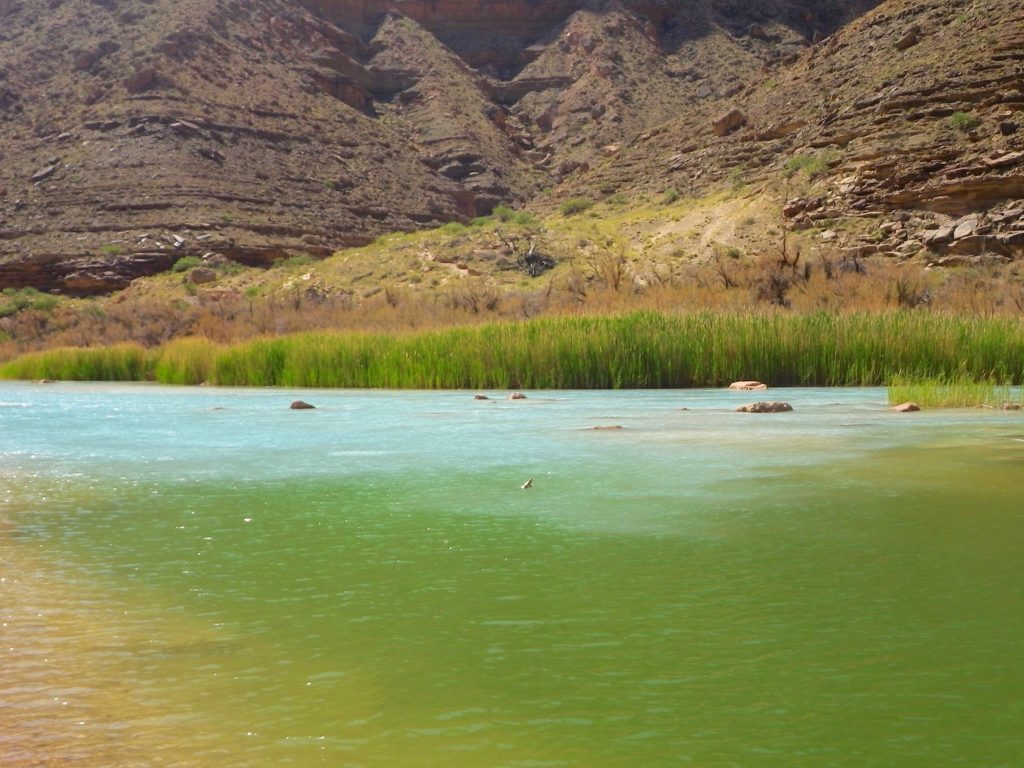
Don’t get me wrong, the hike to Havasupai is no walk in the park. However, the only practical way to reach the Little Colorado River Confluence is via a multi-day boat trip down the Colorado River. The confluence is a popular stop to relax, refresh, and reflect on Grand Canyon rafting trips.
4. Ooh Aah Point

Do you have any guesses as to how Ooh Aah Point got its name? It’s the reaction from most people when they see the dramatic canyon views it offers. Ooh Aah Point is located about a mile down the South Kaibab Trail. You’ll know it when you see it.
A quick word of caution when hiking in the Grand Canyon. While a mile each way may not sound like much, there is a 1,000-foot (300 m) difference in elevation between Ooh Aah Point and the South Kaibab Trailhead.
In addition, the South Rim is at 7,200 feet (2,200 m) above sea level. If you’re not acclimatized to the elevation, you will likely feel quite winded on the return hike out of the canyon. Go slow, take plenty of breaks, stay hydrated, and you’ll make it out just fine.
5. Bright Angel Point (North Rim)
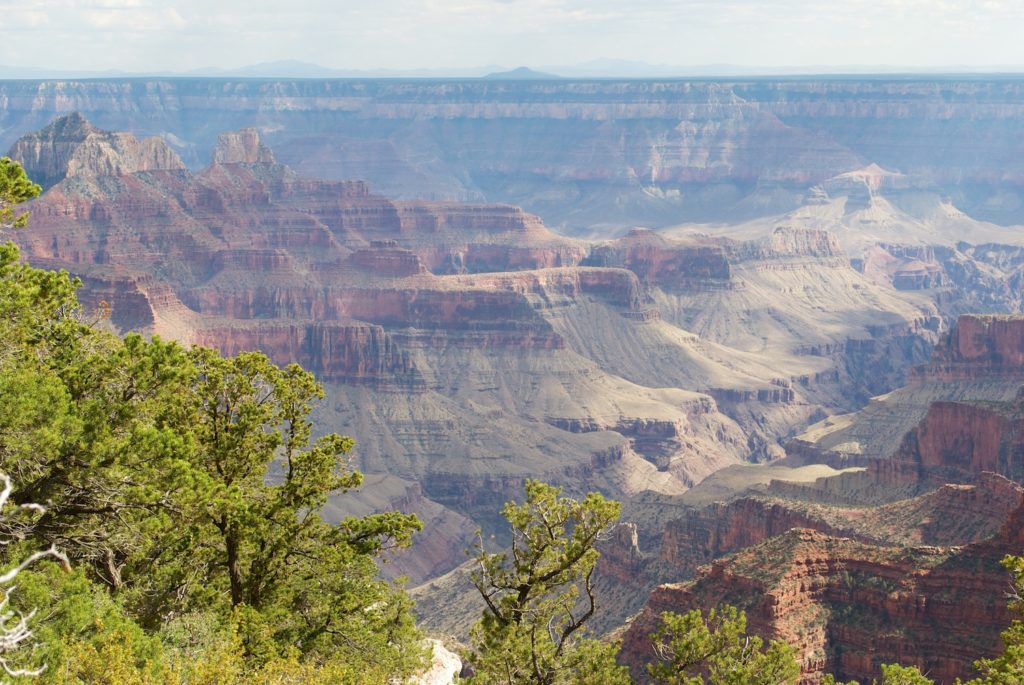
The Grand Canyon’s North Rim is far more rustic and less touristy than the South Rim. As a result, it’s much quieter and less crowded. Unlike the South Rim, you don’t have to get too far from the Visitor’s Center before you feel like you’re alone with nature.
Bright Angel Point is perfect spot for Grand Canyon photography if you’re hesitant about traveling into the backcountry. Located less than half a kilometer (1/4 mi) past the Visitors Center, Bright Angel Point offers 270-degree views of the canyon from atop a spectacular lookout.
From the North Rim, you can see the San Francisco Peaks near Flagstaff. For those of you who don’t know, the San Francisco Peaks are the highest point in Arizona. Humphrey’s Peak checks in at 12,633 feet (3,851 meters) above sea level. The San Francisco Peaks make for a dramatic background in photos taken from the North Rim. You can’t get that kind of background at the South Rim.
Note: The North Rim closes for the winter upon the first major snowfall of the season and reopens on 15 May. Please check the Grand Canyon National Park website for closure information at the North Rim.
6. Side Hikes on a Colorado River Rafting Trip
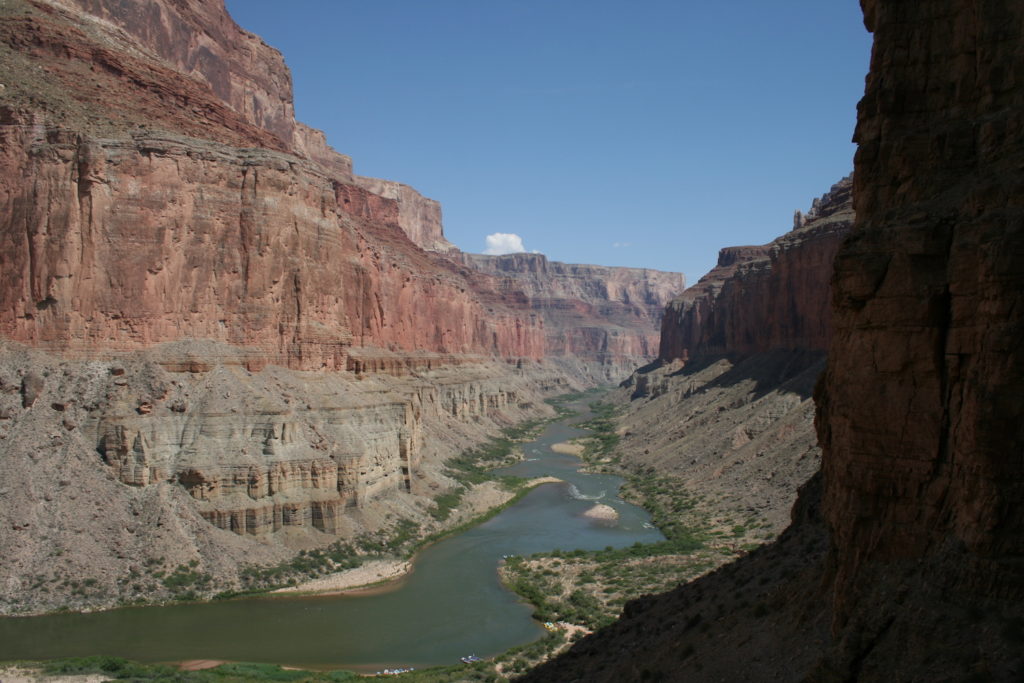
Photo Credit goes to my Uncle Dave
There is no better way to make your Grand Canyon photography stand out than to visit places that very few people have access to. The only way to get to these hikes is via a rafting trip down the Colorado River. You’ll see exclusive perspectives of the Colorado River, waterfalls, wildlife, rock formations, and much more.
My most popular photos of the Grand Canyon are all from the rafting trip I took with my family in 2015. They are also some of the most popular photos I’ve ever taken. Even five years after the fact, I still receive positive feedback about my photography from the Grand Canyon rafting trip.
7. The South Rim After a Snowstorm
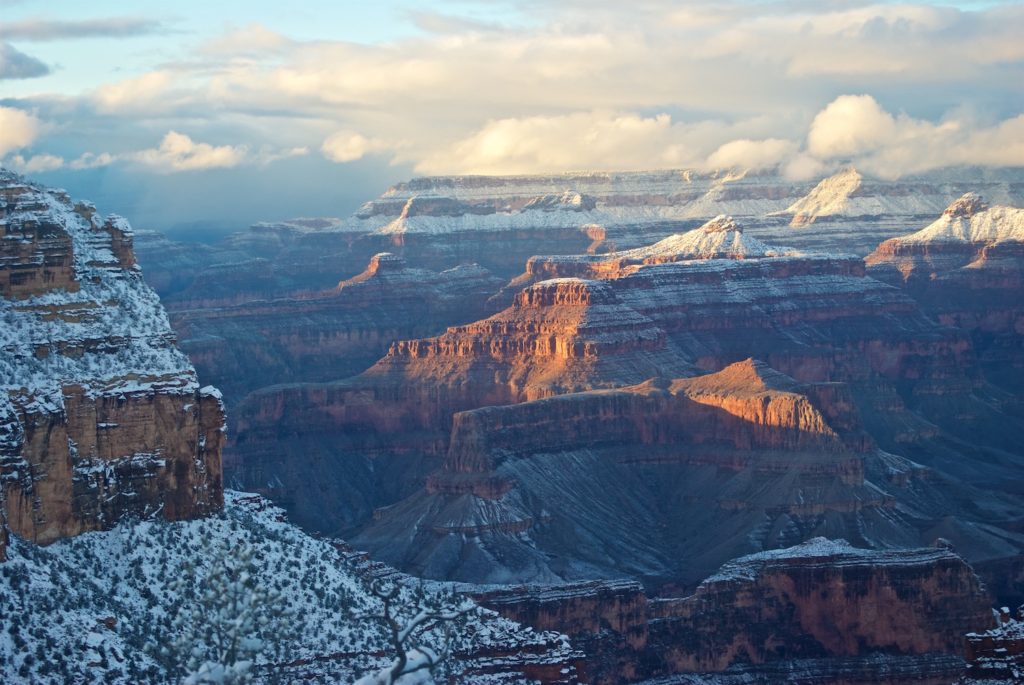
As a former storm chaser, I can tell you firsthand that adding certain weather phenomena can set even the most “cliché” photos apart from the pack. Grand Canyon photography is no exception.
If you’ve never been to the Grand Canyon after a fresh snowfall, you’re missing out on one of the most beautiful sights you’ll ever see. You’ll have to deal with treacherous conditions both driving and walking around the park. However, remember that the more effort you put into your photography, the greater the payoff will be.
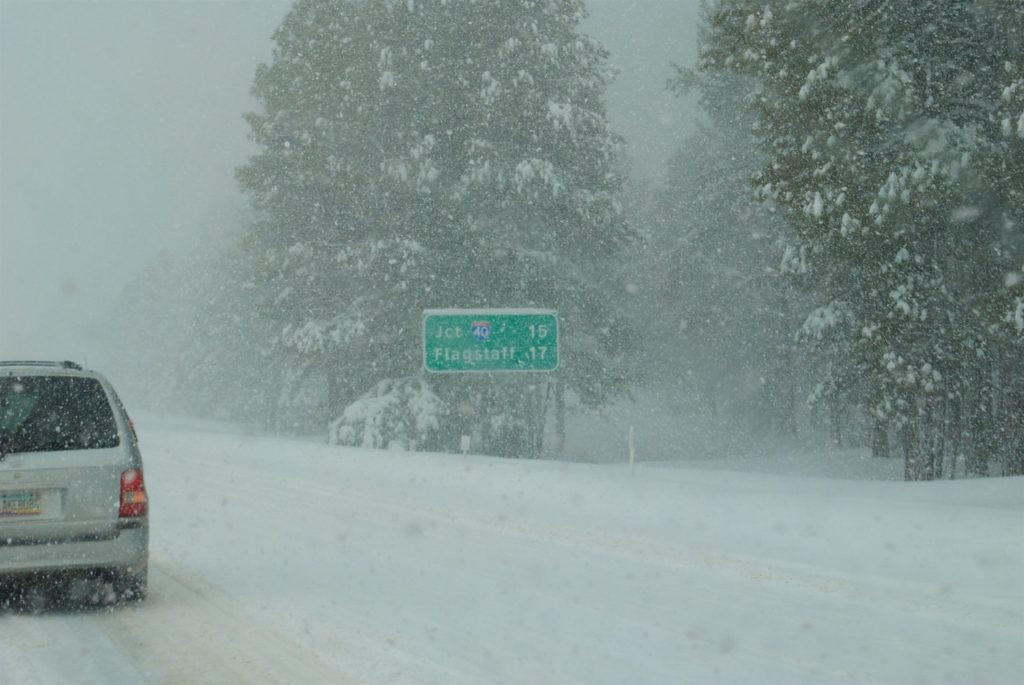
Finally, do you remember what I mentioned earlier? That you’ll face immense competition and headwinds if you stop at Grand Canyon Village and only take photos there. Want some proof that certain weather phenomena can neutralize that competition? The above photo of the fresh blanket of snow on the Grand Canyon was taken just east of the El Tovar Hotel, in the heart of Grand Canyon Village.
What’s Still On My Grand Canyon Photography Bucket List
One thing I really love about the Grand Canyon is that no matter how many corners of the park you think you’ve explored, there are always so many more places you haven’t. My bucket list for Grand Canyon photography is expansive (and still growing), so here are a few of the highlights.
- Point Sublime is a lookout point in the North Rim backcountry. It juts out several kilometers into the canyon, providing nearly 360-degree breathtaking views.
- Hermit’s Rest Trail. Much less used than either the Bright Angel or South Kaibab trails, the Hermit’s Rest Trail features unqiue views, basings, and springs.
- Toroweap Overlook. Set 3,000 feet above Lava Falls, the Toroweap Overlook provides dramatic views of the Colorado River and one of the Grand Canyon’s most iconic gorges. What’s the catch? To reach Toroweap, you’ll have to take on 130 km (80 mi) of brutal 4×4 dirt roads. And that’s only one-way.
- Plateau Point is at the end of a spur off of the Bright Angel Trail. It sits 400 meters (1,300 ft) above the Colorado River. You’ll get spectacular views of both the river and the canyon’s inner gorge.
- Diamond Creek Beach is one of the few spots you can drive down to the Colorado River. It’s located on the Hualapai Indian Reservation, so the scenery is not as dramatic as it is inside the National Park. It’s a great spot for a picnic lunch, though.
Conclusion
The Grand Canyon is one of the most photographed natural wonders in the world. Your strategy for photographing it will determine how successful you will be. If you settle for only taking photos from touristy spots, your photography will quickly be lost amongst millions of similar photos.
Alternatively, put in the effort to push further off the beaten path. With photos that stand out, the payoff will be tremendous once you start trying to get your Grand Canyon photography in front of eyeballs.
I hope you all have a happy and safe Thanksgiving.
Top Photo: Tranquil scenery on the Colorado River near Comanche Point (Mile 68)
Grand Canyon National Park, Arizona – June, 2015